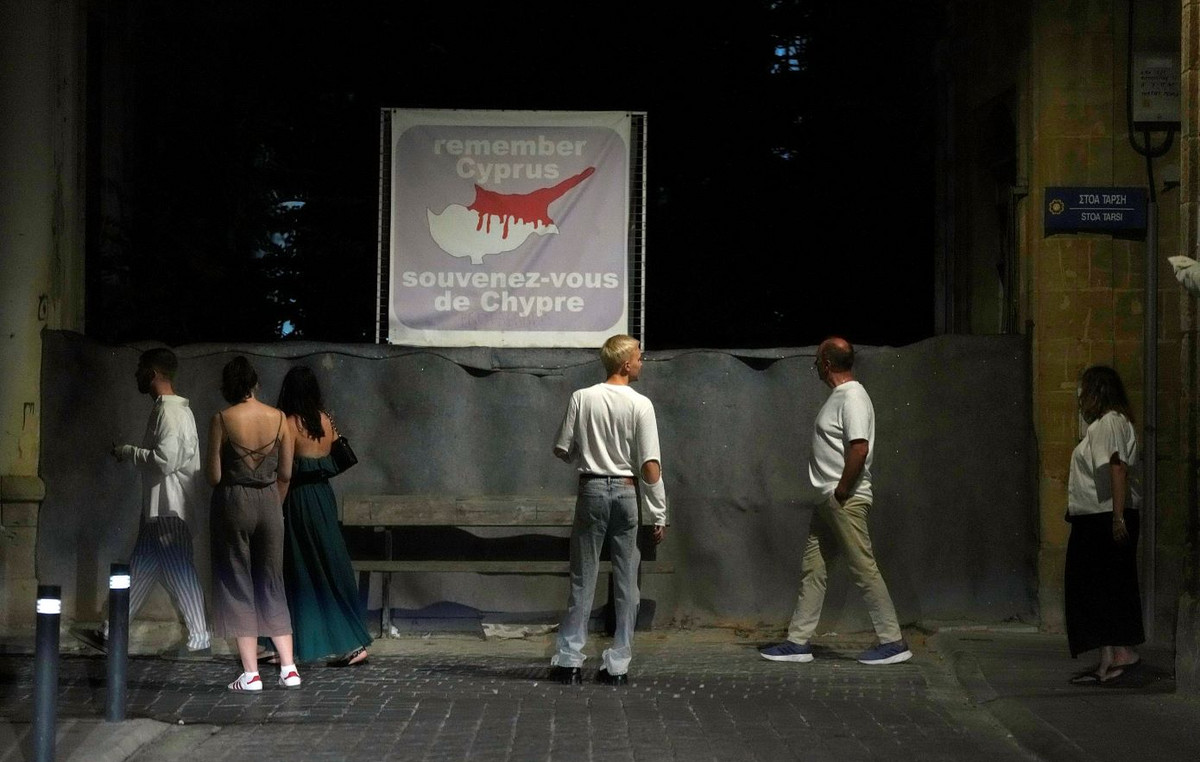There variant BA.5 of Sars-CoV-2 has been under monitoring since mid-May, along with the BA.4. And they were soon classified as variants of concern by the European Center for Disease Control and Prevention. The two strains that drove the increase in cases in South Africa were also beginning to emerge in Italy. And also in the United States in late May, infections attributable to those variants, according to i Centers for Disease Control and Prevention and the genetic company Helix, were around 6-7% of the total: a month earlier they were 0.2%. Although the data demonstrating an increased severity of the disease should be consolidated, specifically for the sub-variant BA.5 it would seem that a certain greater transmissibility due to at least two mutations which, not unlike what already happened with some variants that emerged and which then spread predominantly, allow it to bind to human cells more effectively.
A US survey carried out by David Hoa professor of immunology and microbiology at Columbia University in New York, found that both healing-related and vaccination-related antibodies (including boosters) are less effective against these two sub-variants. Specifically, they would be able to evade antibody defenses more than four times compared to the sub-variants linked to the BA.2 strain (or Omicron 2, as it has come to be called journalistically). The study is in pre-print on Biorxiv as well as anotherconducted in Japan and coordinated by Izumi Kimur of the University of Tokyo, who confirms its greater contagiousness and, indeed, it also triggers the alarm on the pathogenicity. These are works that have yet to be reviewed by the scientific community but which feed the concerns of experts not because of an autumn wave but even a summer one, at least in some countries.
“This would explain theincrease in cases in Portugal – explained to theHandlenot surprisingly, the virologist Francesco Broccolo, of the Bicocca University of Milan – and indicates that it is really premature to affirm that the Sars-CoV-2 virus is weakening ». The Italian data from the Higher Institute of Health indicated BA.4 and BA.5 in mid-May present in 7 regions: BA.4 reached 4% in Emilia Romagna, followed by Calabria (2.9%), Tuscany (1%) and Lombardy (1%); BA.5 was almost 6% in Umbria, followed by Puglia (3.2%) and Lazio (1%). And the picture is, as mentioned, old: it will be necessary to analyze the data of the next one flash survey conducted by the ISS and the Ministry of Health together with the regional laboratories and the Bruno Kessler Foundation.
According to Broccolo, there are at least three reasons for relating the presence of BA.5 to the increase in cases in Portugal. The first is that «the sub-variants BA.4 and BA.5 are very similar to each other because they both have the mutation L452R, which alone is able to greatly change the structure of the Spike protein, with which the virus attaches to human cells ». This is not new but it would still make the sub-variants more contagious. The second reason, as seen, is the ability to evade the defenses of antibodies, also those produced by infections caused by BA.1, BA.2 and BA.2.12.1. The third concerns the fact that, like the Delta variant, the BA.5 would also appear syncytium, that is, the virus-infected lung cells fuse with adjacent healthy, uninfected ones. “This characteristic – he notes – has been demonstrated in vitro on cell cultures but we know that there is a correlation between the fusogenic power of a variant observed in vitro and its degree of pathogenicity in vivo, as also demonstrated by its greater virulence in experiments. conducted on animals “.
Putting these elements together, explains Broccolo “doubts arise on what has been said so far, regarding the fact that the virus evolves towards an attenuated pathogenicity ». In the past, he continues, “the arrival of the Delta variant showed that this was more pathogenic than the ancestral virus, then came Omicron BA.1, which had a lower pathogenicity than Delta, and now we are seeing that BA. 4 and BS.5 are more pathogenic than BA.2 and have recovered two mutations of the Delta: in the face of these observations – he adds – we must say that the SarsCoV2 virus does not necessarily evolve to become an attenuated virus and we cannot predict when this it will happen”.
Long Covid, more than one in five people can develop it
Covid, 500 thousand cases of reinfection in 9 months: here are the subjects most at risk of new contagion
Source: Vanity Fair







